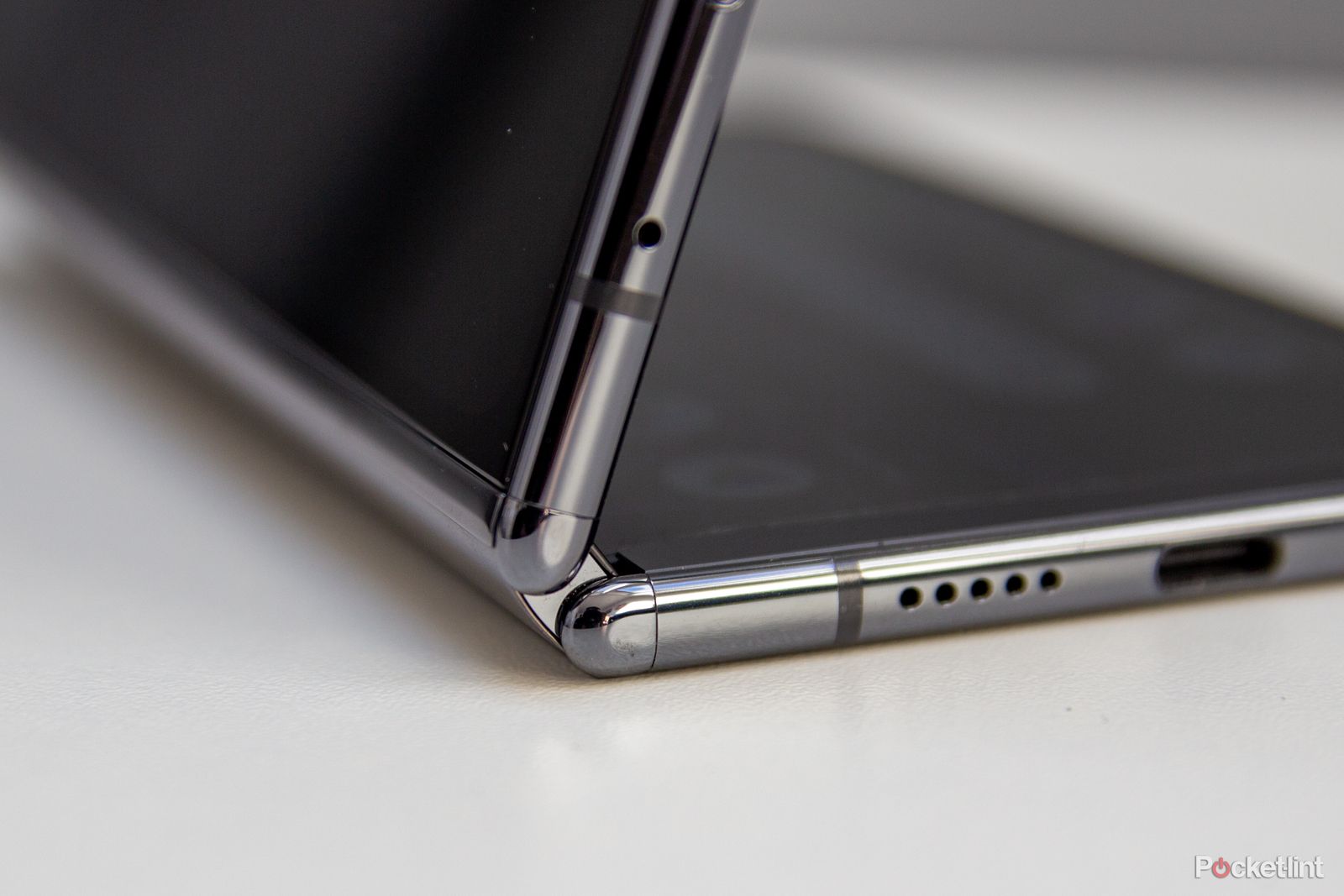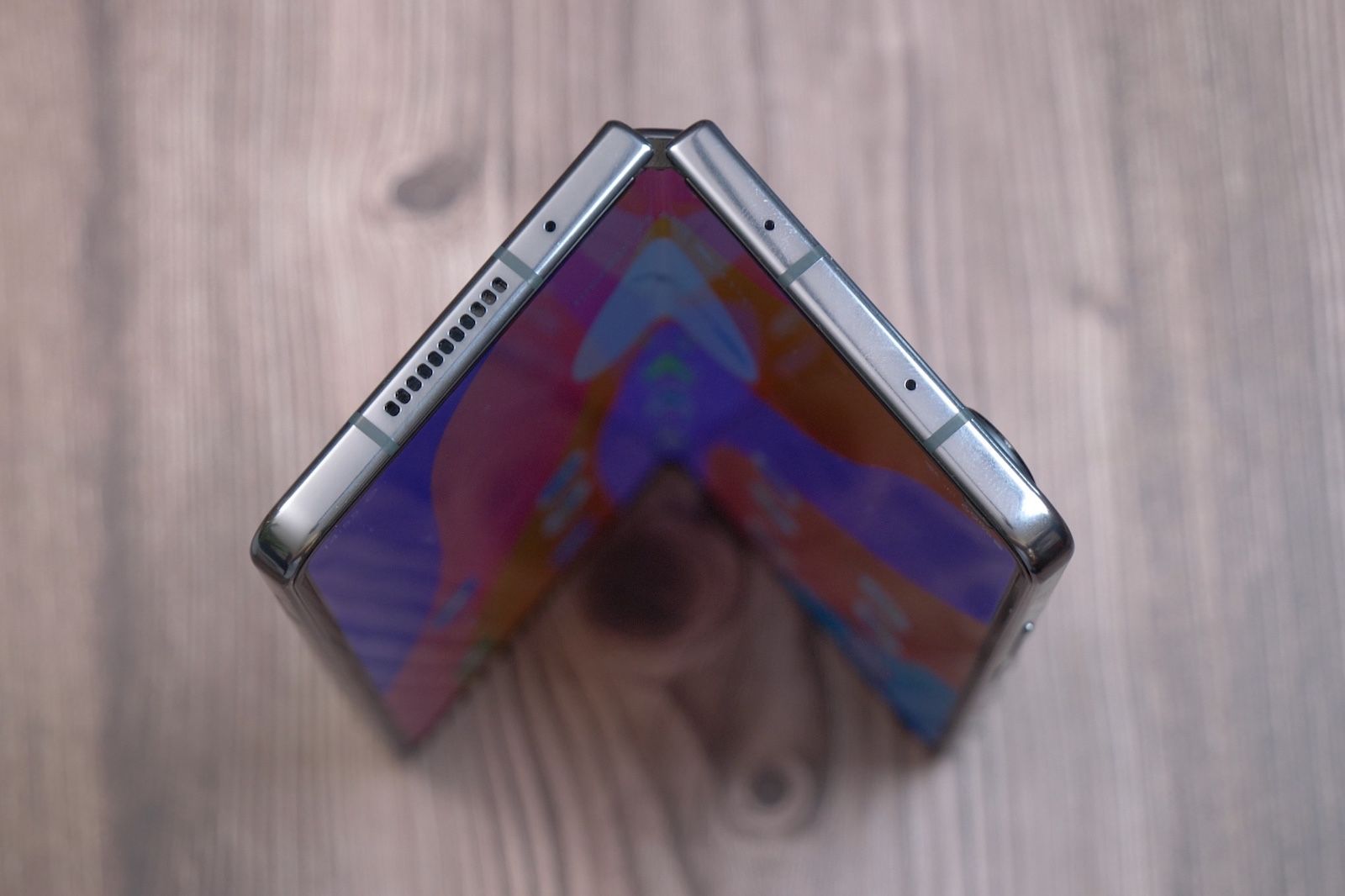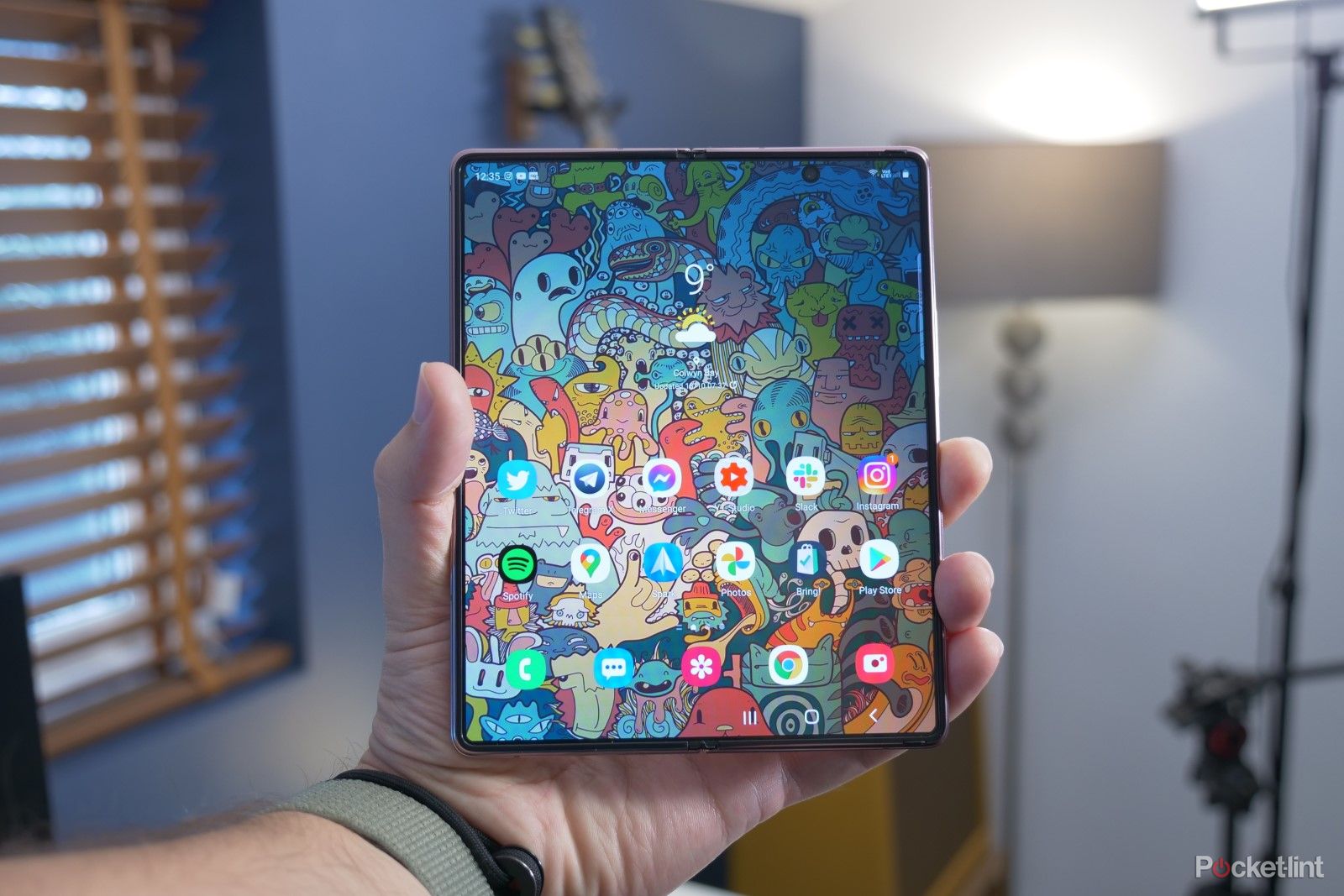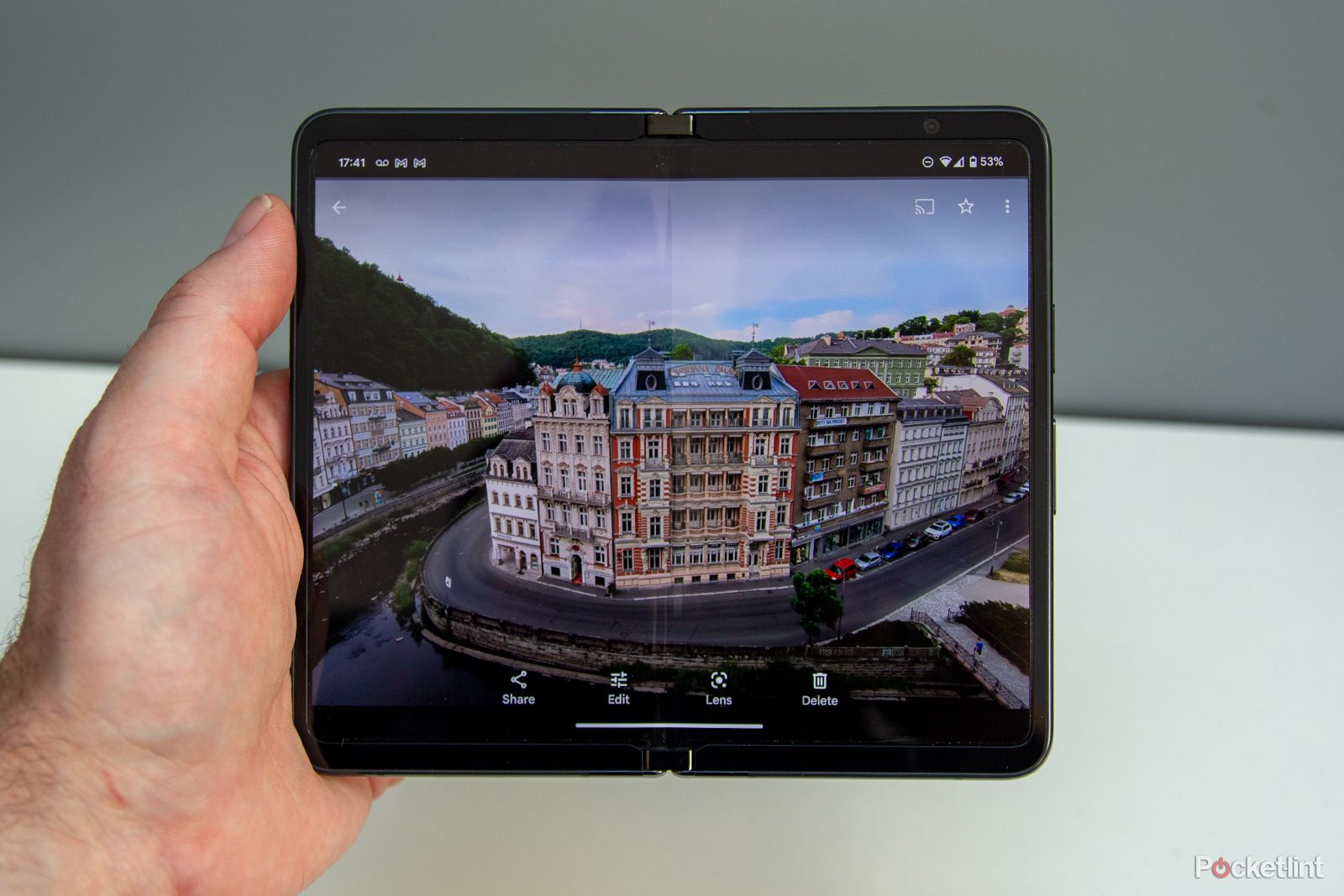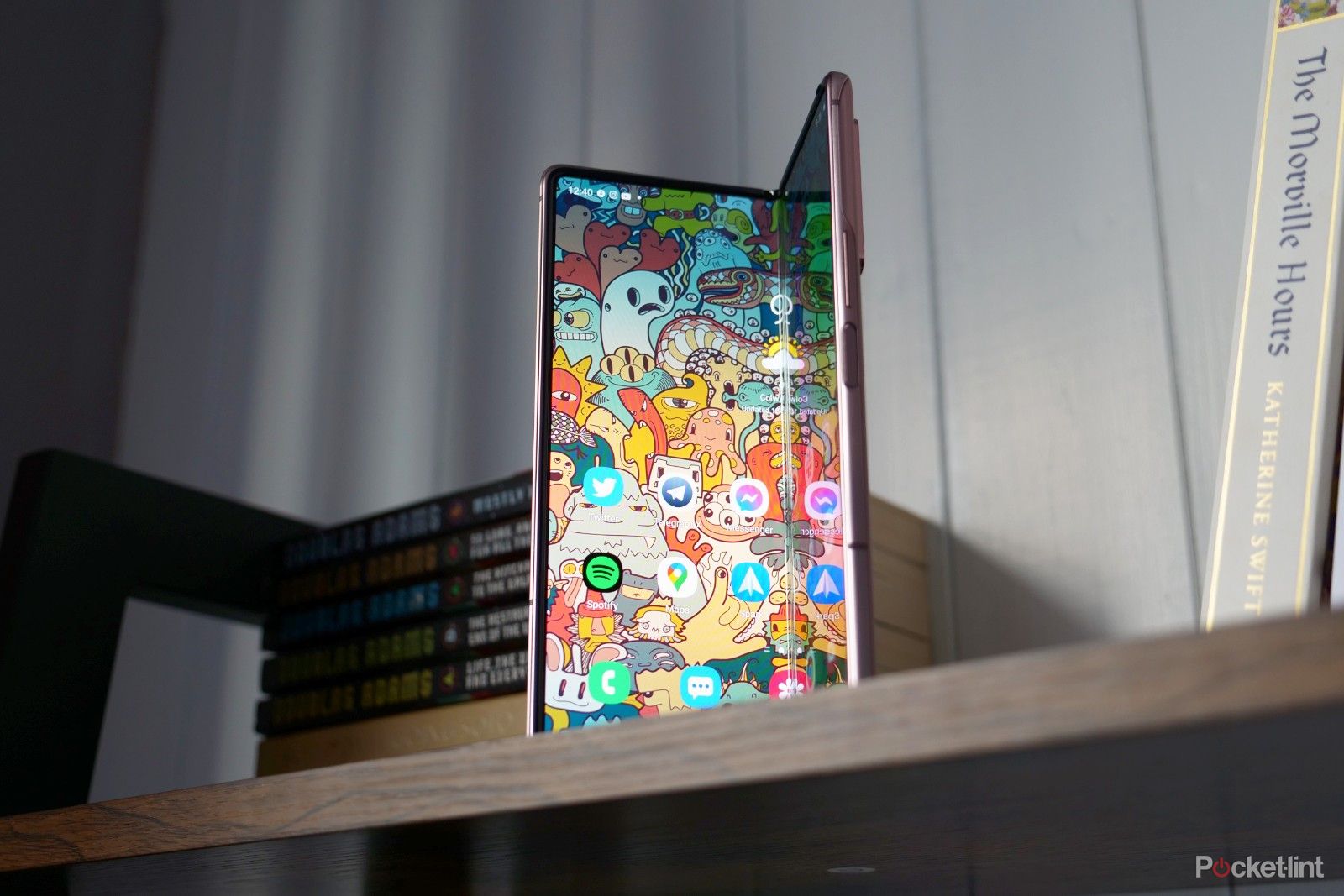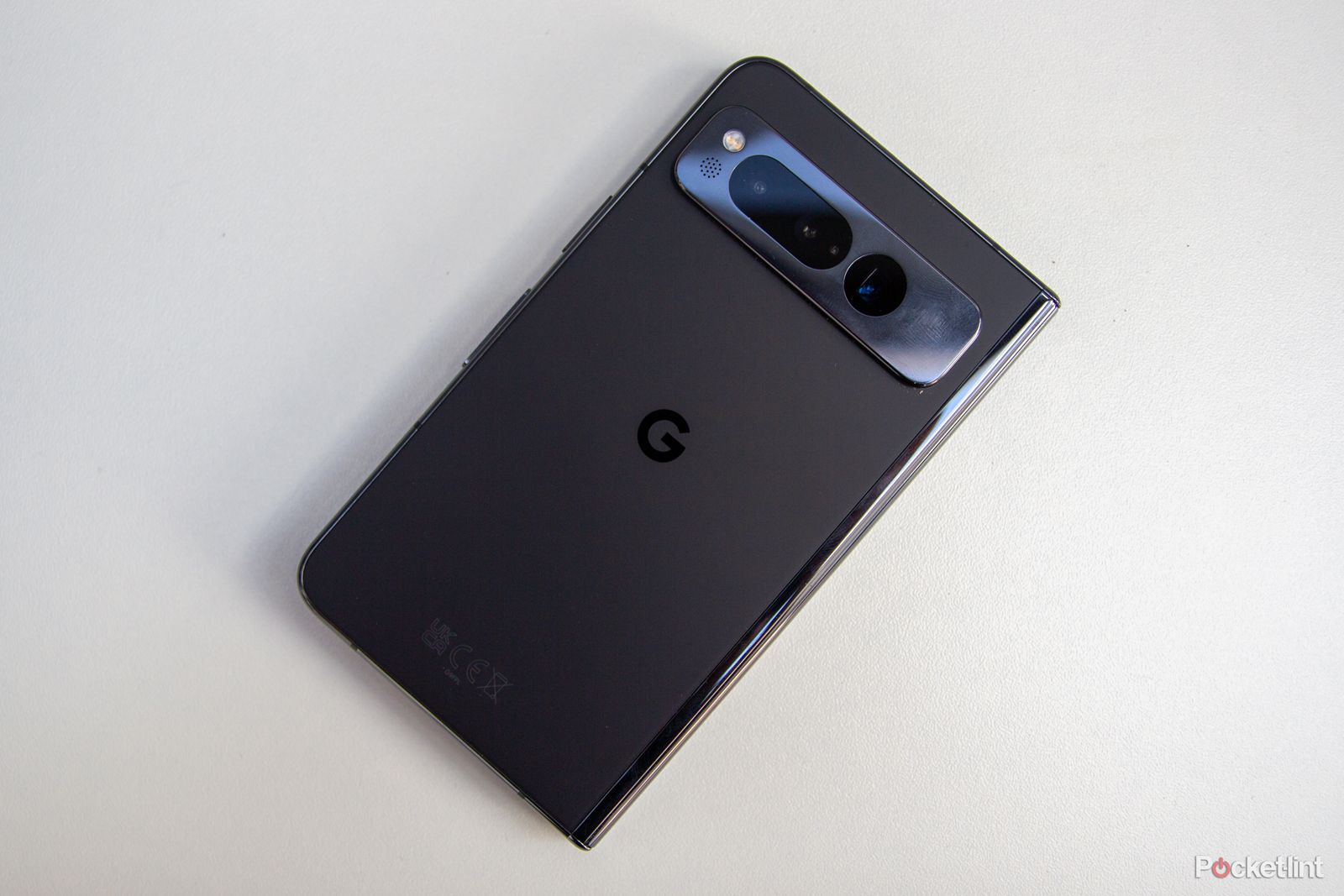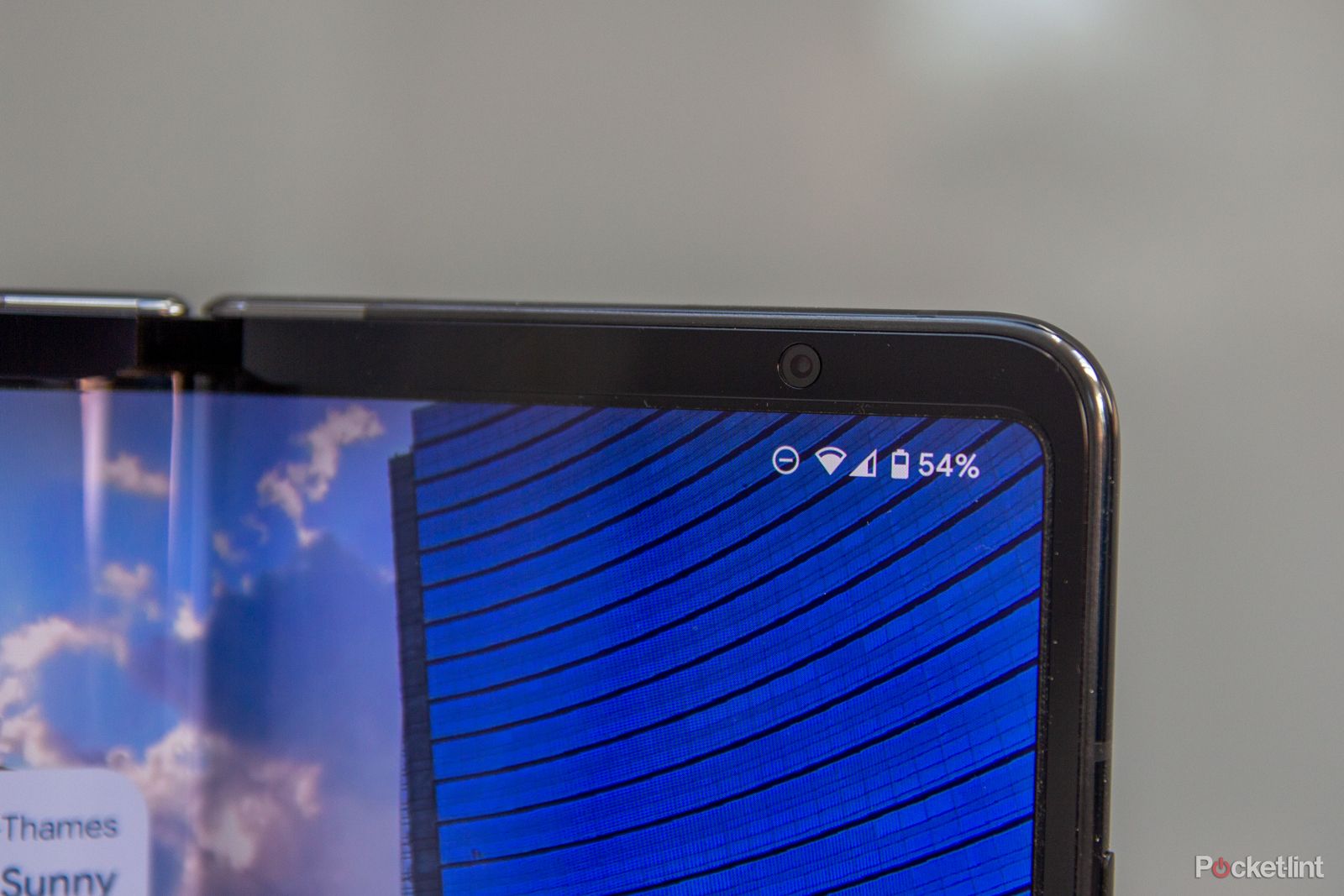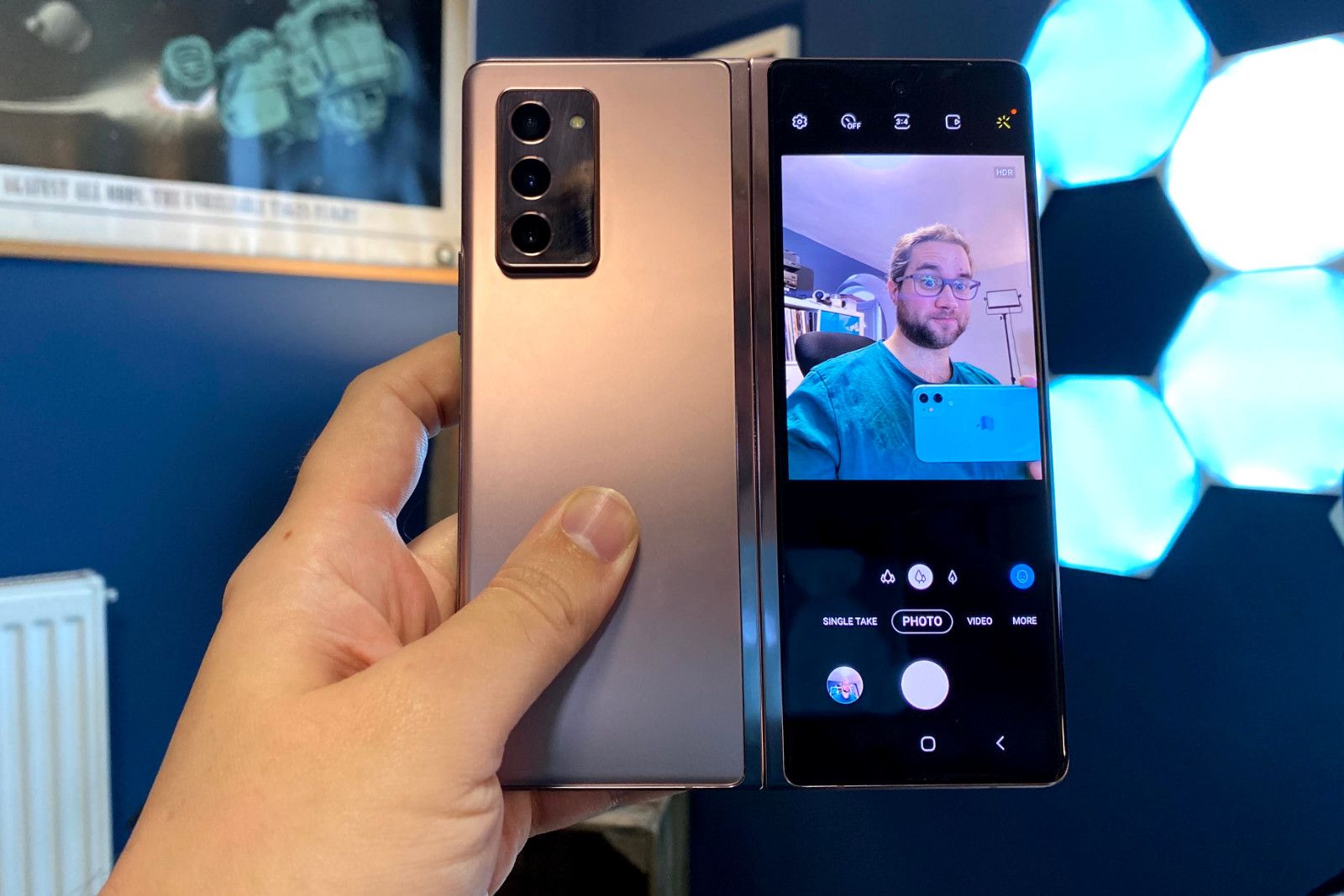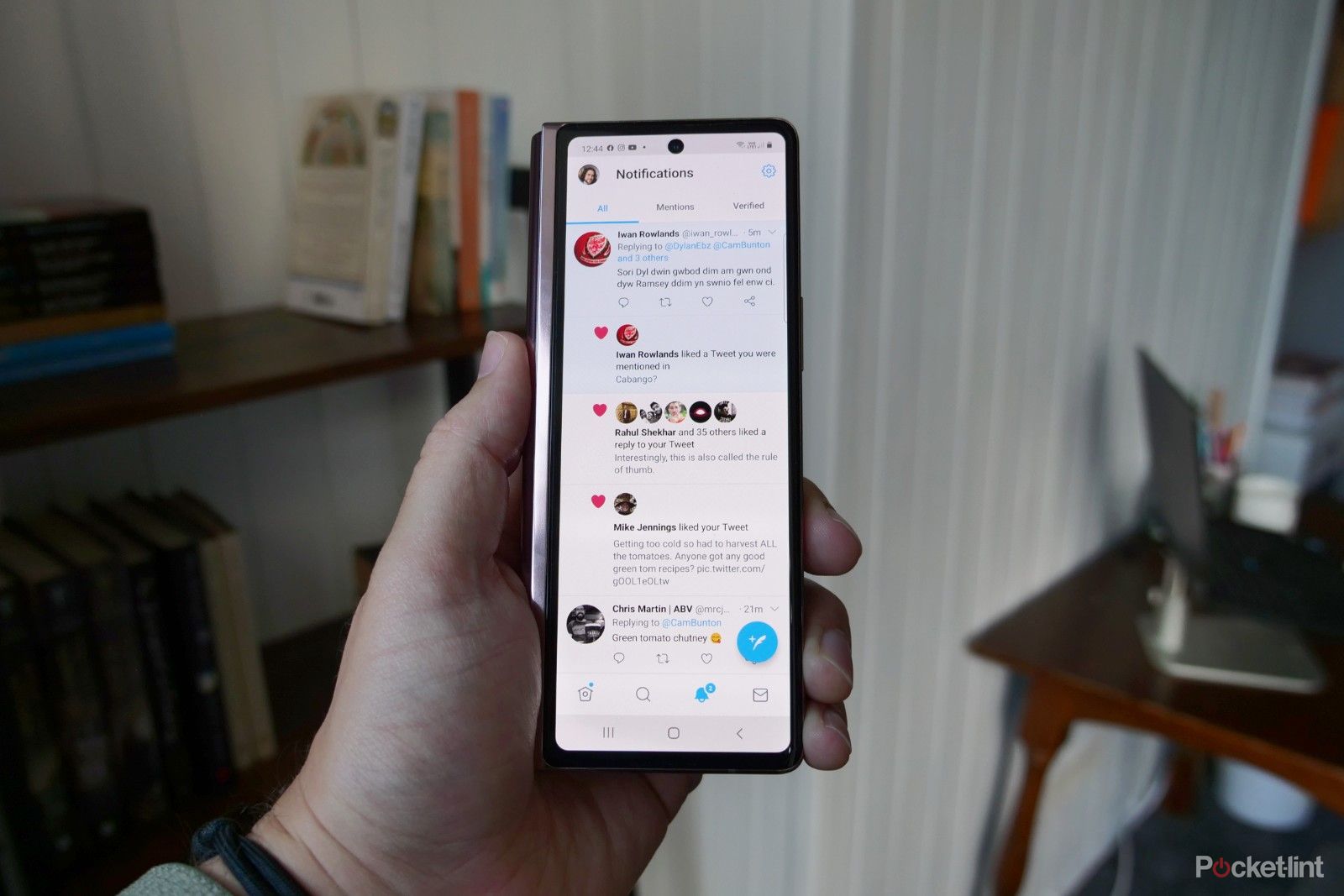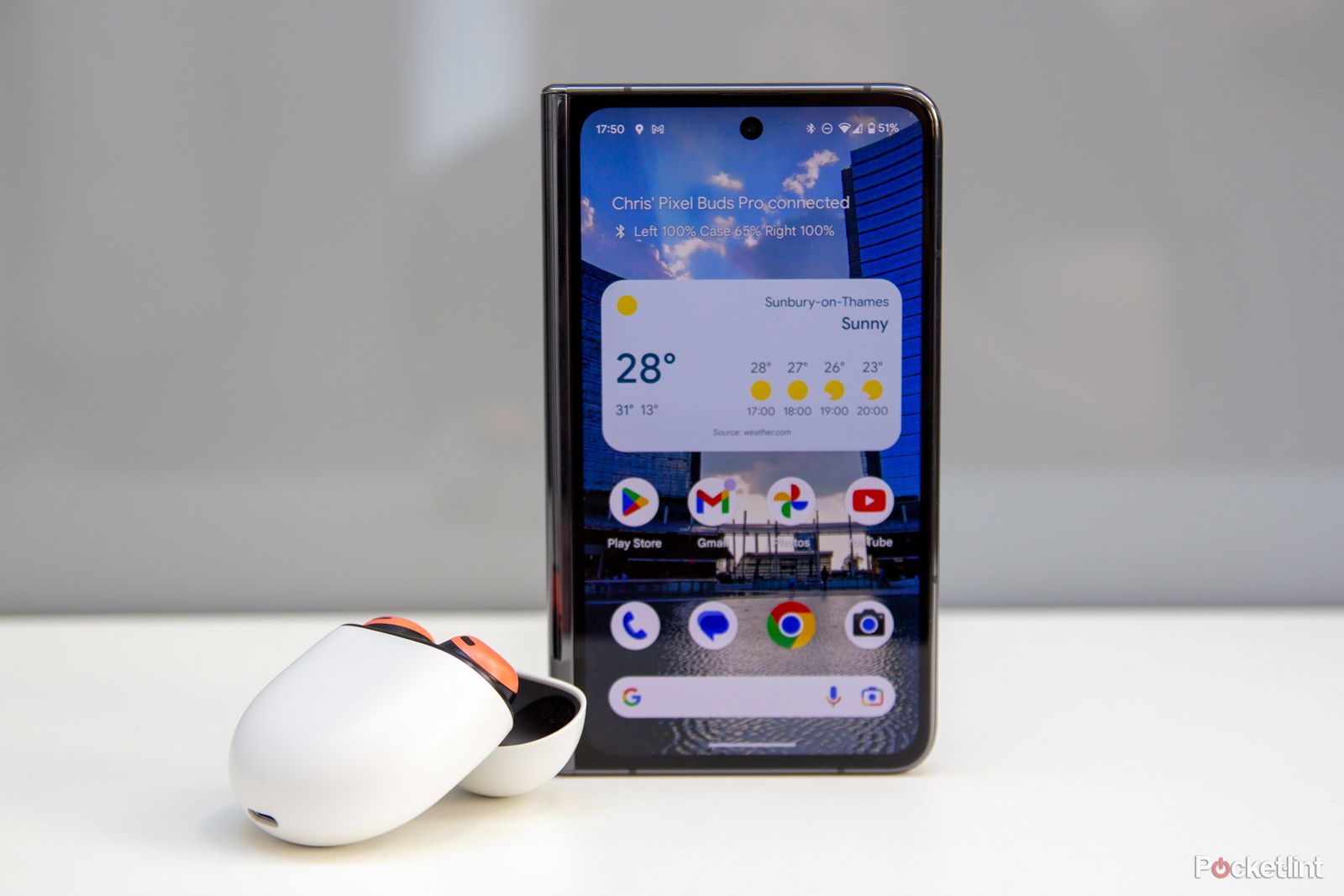-
Google / Pocket-lint
Google Pixel Fold
A promising option
The Google Pixel Fold is the company’s first folding phone and it brings with it some promising specs, alongside what appears to be a lovely premium design. There’s a large battery on board, good camera specs and a bloatfree software experience too.
Pros- Premium design
- Promising specs
- Bloat-free software
Cons- No stylus compatibility
- Expensive
- Large bezels inside
-
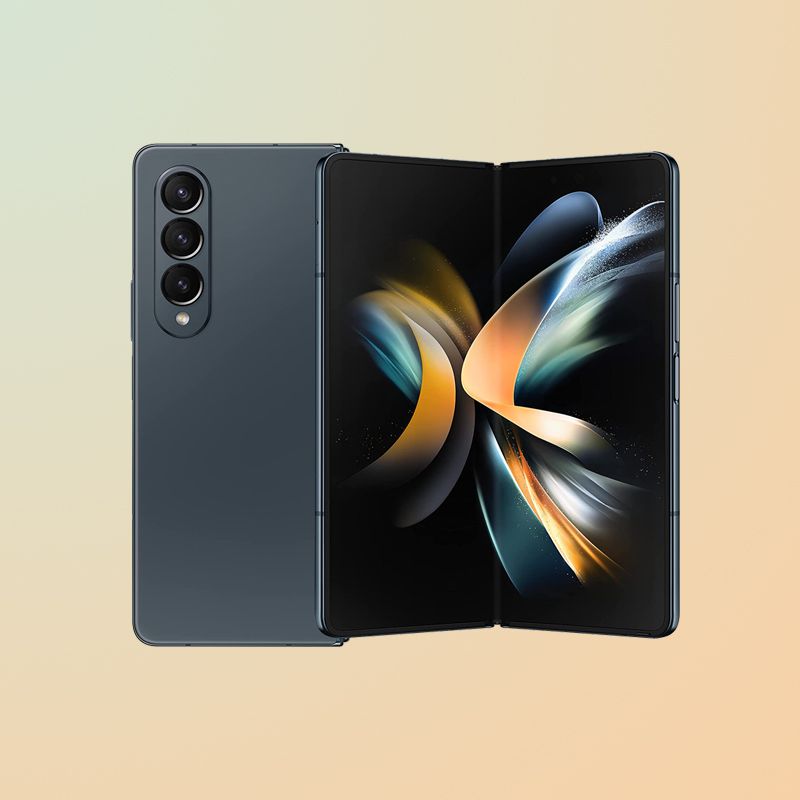
Samsung / Pocket-lint
Samsung Galaxy Z Fold 4
A great option
The Samsung Galaxy Z Fold 4 is a welcome update to Samsung’s flagship folding phone, offering refined hardware for a better overall experience. The reduction of bezels lends to the premium look, with a great finish reinforcing its position as a superior device.
Pros- Narrower bezels
- Flagship cameras
- Plenty of power
Cons- No S Pen storage
- Average charging speeds
- Expensive
Google announced its first folding phone in the form of the Pixel Fold at Google I/O in May, following years of rumours. The device joins a very competitive market, with the likes of the Samsung Galaxy Z Fold 4, Oppo Find N2 and Honor Magic Vs. Huawei’s Mate X3 is also in the mix so there is no shortage of vertically-folding marvels to consider.
Not all are available in all regions of the world though. With that in mind, the Google Pixel Fold’s biggest competitor is arguably the Samsung Galaxy Z Fold 4. Want to know how they compare and which might be the right one for you? We’ve got you covered. These are the differences between the Google Pixel Fold and the Samsung Galaxy Z Fold 4 to help you decide which is the right folding phone for you.
Prices, availability and specs
The Google Pixel Fold is available in two colour offerings – Obsidian and Porcelain – while the Samsung Galaxy Z Fold 4 comes in a few more, and a little more exciting too, depending on your vibe. The standard colours offered on the Galaxy Z Fold 4 are Graygreen, Phantom Black and Beige, but Burgundy is also available as a Samsung Store exclusive.
Both the Google Pixel Fold and the Samsung Galaxy Z Fold 4 are available globally, in both the US, UK and Europe. The Samsung Galaxy Z Fold 4 costs £1649 in the UK and $1799 in the US. The Google Pixel Fold meanwhile, costs £1749 in the UK and $1800 in the US so it’s a little more expensive than Samsung’s alternative in the UK, but the same in the US.
You can see a quick rundown of how the Google Pixel Fold and Samsung Galaxy Z Fold 4 specs compare below, though we have gone into more detail further down this feature. Specs only tell half the story after all.
-
Google Pixel Fold Samsung Galaxy Z Fold 4 SoC Google Tensor G2 Qualcomm Snapdragon 8+ Gen 1 Display 5.8-inch, OLED, 2092 x 1080, 120Hz (cover) / 6.7-inch OLED, UTG, 2208 x 1840, 120Hz (main) 6.2-inch, OLED, 2316 x 904, 120Hz (cover) / 7.6-inch, OLED, 2176 x 1812, 120Hz (main) Battery 4821mAh, 30W fast charging, Wireless charging 4400mAh, 25W fast charging, wireless charging Operating System Android Android with One UI Front camera 9.5MP, f/2.2 (cover) / 8MP, f/2.0 (main) 10MP f/2.2 (cover), 4MP f/1.8 UPC (main) Rear cameras 48MP f/1.7 main, 10.8MP f/2.2 ultra-wide, 10.8MP f/3.05 telephoto 50MP f/1.8 main, 12MP f/2.2 ultra-wide, 10MP f/2.4 telephoto Dimensions 139.7 x 79.5 x 12.1mm (folded), 139.7 x 158.7 x 5.8mm (unfolded), 283g 155.1 x 67.1 x 15.8mm (folded) / 155.1 x 130.1 x 6.3mm (unfolded), 263g Colors Obsidian, Porcelain Graygreen, Phantom Black, Beige, Burgundy IP Rating IPX8 IPX8 RAM and Storage 12GB, 256/512GB 12GB, 256/512/1TB
Design and build
The Google Pixel Fold and Samsung Galaxy Z Fold 4 share some similarities, as is the case for all vertically-folding phones, but on the whole, they take on quite different designs. The Google Pixel Fold borrows from the Pixel 7 devices, featuring a horizontal camera housing on the rear that spans almost the entire width of the handset. It’s a more prominent and deliberate design than you’ll find on the Samsung Galaxy Z Fold 4, making the camera housing part of the overall look rather than blending it in with the rest of the rear.
The Samsung Galaxy Z Fold 4 features a more subtle camera housing in the top left corner, colour-matched to the rest of the rear. It’s less pronounced than the Pixel Fold, though it will come down to personal preference as to which you prefer. We like both and with camera housings becoming far more of a feature than they were a few years ago, we suspect neither would spark outrage.
When it comes to the rest of the design differences between the Google Pixel Fold and the Galaxy Z Fold 4, both have a book-style design but the Pixel Fold is shorter, wider and it folds flat, while the Galaxy Z Fold 4 is narrower and taller, but there is a gap next to the hinge when folded. The edges of the Google Pixel Fold are rounded, rather than flat like the Samsung Galaxy Z Fold 4, and they are slimmer too, though the Galaxy Z Fold 4 is lighter. Both devices have a fingerprint sensor positioned on their right edge and they both have a power button here too, though they are in the opposite position on the Pixel Fold compared to the Galaxy Z Fold 4.
Pocket-lint
Open the Google Pixel Fold up and you’ll find a large display with quite larger bezels at the top and bottom in order to accommodate the front camera in the top right. The Samsung Galaxy Z Fold 4 meanwhile, has a large main display too, but the bezels surrounding it are much slimmer as there is an under-display camera instead. Both devices offer a large cover display on the front though, with a centralised punch hole camera at the top.
Both the Samsung Galaxy Z Fold 4 and the Google Pixel Fold are IPX8 rated, meaning they handle submersion in up to 1.5-metres of fresh water for up to 30 minutes. It does mean neither are officially rated against dust though, so keep that in mind.
Display
When it comes to the display specifics, the Google Pixel Fold has a 5.8-inch cover display that offers a Full HD+ resolution at 2092 x 1080 pixels for a 408ppi. It’s an OLED display and it has an aspect ratio of 17.4:9. The Samsung Galaxy Z Fold 4 has a slightly larger 6.2-inch display on the front, though it’s a HD+ resolution at 2316 x 904 pixels for a pixel density of 402ppi. It too is an OLED display, though it has a slightly better aspect ratio of 23.1:9. Both the Google Pixel Fold and Samsung Galaxy Z fold 4 offer 120Hz refresh rates on the main cover screens, allowing for smooth scrolling.
In terms of the main display – as in when the Google Pixel Fold and Samsung Galaxy Z Fold 4 are both open – the two devices both have a 7.6-inch screen. As with the cover displays, the main displays are OLED panels for both devices, they both support HDR and they both have a 120Hz refresh rate. The Pixel Fold offers a 6:5 aspect ratio for its main display, along with a 2208 x 1840 pixel resolution that delivers a pixel density of 380ppi. The Samsung Galaxy Z Fold 4 meanwhile, has a 21.6:18 aspect ratio and a resolution of 2176 x 1812 pixels, offering a pixel density of 374ppi.
There aren’t a great deal of differences between the two devices in terms of display specs, though as we mentioned, the bezels surrounding the main display of the Samsung Galaxy Z Fold 4 are quite a bit slimmer than the Pixel Fold. The Galaxy Z Fold 4 also has a stunning display and the fold is only slightly noticeable – something that is said to improve further with the Galaxy Z Fold 5, due out later this year. The Pixel Fold meanwhile, also has a great display, though the bezels around it are much larger and more noticeable than the competitors.
Hardware
The Google Pixel Fold runs on the company’s in-house Tensor G2 platform, which you will find in the Google Pixel 7 and Google Pixel 7 Pro, as well as the mid-range Pixel 7a. The Titan M2 security coprocessor is also on board and there are a range of security features including five years of security updates.
The Samsung Galaxy Z Fold 4 runs on the Qualcomm Snapdragon 8+ Gen 1 platform, which launched around the same time as the Google Tensor G2 chip. While different platforms, performance is very similar between these two handsets. Both are running powerful hardware more than capable of day-to-day tasks, as well as demanding ones. In terms of security, the Galaxy Z Fold 4 has Samsung’s Knox security platform on board.
When it comes to RAM and storage, the Google Pixel Fold has 12GB of RAM with options of 256GB and 512GB of storage in the US and UK. The Samsung Galaxy Z Fold 4 has the same, though it also offers a 1TB storage variant too. Neither the Pixel Fold or the Samsung Galaxy Z Fold 4 have microSD support for storage expansion.
Similar-sized batteries are on board the Samsung Galaxy Z Fold 4 and the Google Pixel Fold too, though the Pixel Fold’s is slightly bigger, which the Galaxy Z Fold 4 needed in our experience. The Pixel Fold has a 4821mAh battery, with 30W fast charging support and wireless charging compatibility. The Samsung Galaxy Z Fold 4 meanwhile, has a 4400mAh battery, with support for 25W fast charging and there’s wireless charging support here too.
Cameras
The Google Pixel Fold has a triple rear camera, along with two front cameras, one of which is on the cover display and one is above the main display. The Samsung Galaxy Z Fold 4 has a triple rear camera too, as well as a front camera on the cover display and a front camera within the main display. As we mentioned, the Galaxy Z Fold 4 has an under-display camera for the front camera within the main display, while the Pixel Fold has larger bezels around the screen to accommodate the front camera on the inside.
The Google Pixel Fold’s triple rear camera is made up of a 48-megapixel main sensor with an f/1.7 aperture and 0.8µm pixel size, a 10.8-megapixel ultra-wide sensor f/2.25 aperture and 1.25µm pixels and a 10.8-megapixel telephoto camera with f/3.05 aperture and 1.22µm pixels. It’s a different setup to the Pixel 7 Pro and Pixel 7, though many of the same features are on board, including Magic Eraser, Photo Unblur, Night Sight and Face Unblur. The Pixel Fold has 5x optical zoom like the Pixel 7 Pro, as well as 20x Super Res Zoom.
The Samsung Galaxy Z Fold 4 has a 50-megapixel main camera with an f/1.8 aperture and 1.0µm pixel size, a 12-megapixel ultra-wide camera with f/2.2 aperture and 1.12µm pixel size and a 10-megapixel telephoto camera with f/2.4 aperture and 1.0µm pixel size. There is a good balance of colour and quality between all three lenses in our experience, with shots that are colour-rich and saturated. In low-light conditions, we found the ultra-wide sensor struggled, but the main sensor performed well in almost all lighting conditions.
The Galaxy Z Fold 4’s camera make up is different to Samsung’s equivalent flagship smartphone, which is now the S23 Ultra, though would have been the S22 Ultra when the Galaxy Z Fold 4 launched. Again though, many of the same features are on board, including Night, Food and Pro camera modes, as well as 3x optical zoom and 30X Space Zoom. The Space Zoom is pretty pointless after around 10X, losing the ability to focus and generally not producing the best shots, but 10X is still quite a distance.
On the front of the devices, the Google Pixel Fold comes with a 9.5-megapixel sensor with an f/2.2 aperture and 1.22µm pixels for the cover display camera. The inside camera – the one above the main display – is an 8-megapixel sensor with 1.12µm pixels and a f/2.0 aperture. The Samsung Galaxy Z Fold 4 meanwhile, has a 10-megapixel sensor for the cover camera, with an f/2.2 aperture and 1.22µm pixels, while the inside display is a 4-megapixel under-display camera with an f/1.8 aperture and 2µm pixels. The cover display sensor is good, and you can use the display as the camera monitor, which is useful. We avoided using the under-display camera, however, as the added layer between the lens and subject resulted in quite hazy images.
Software
The Google Pixel Fold runs on pure Android, delivering a similar experience to the Pixel 7 Pro or the Pixel 7, at least when you use the device closed. It’s clean, consistent and there’s minimal bloatware, making for a great overall user interface. When open, the Pixel Fold’s interface has been adapted to accommodate the larger display, allowing for multi-tasking, watching movies and working. There are also clever features like Live Translate Interpreter Mode that uses both the inner and outer screens simultaneously for easier face-to-face conversations in different languages.
There’s also a tabletop mode for hands-free photos, such as starry skies without a tripod, or watching a movie. As you might expect, there’s a Split Screen option too, which allows you to open two apps side-by-side and drag and drop images, videos, links, and text from one app to another quickly and easily.
The Samsung Galaxy Z Fold 4 meanwhile, runs on Android with Samsung’s One UI over the top, so while it’s also a great experience, there is more bloatware on the Galaxy Z Fold 4 than you’ll find on the Pixel Fold. Samsung has its own camera app, browser, email app, etc, all of which are largely unnecessary. There are some great features on board the Galaxy Z Fold 4 though, including split screen like the Pixel Fold, where you can have apps side-by-side and drag and drop between them. There’s also a useful task bar at the bottom of apps on the Galaxy Z Fold 4 that make getting into split screen nice and simple.
Like the Pixel Fold, you can fold the display into a certain position to have it sit up so you watch movies, or YouTube with the movie appearing at the top and the controls at the bottom. The Galaxy Z Fold 4 also supports S Pen functionality – something the Pixel Fold doesn’t – and it has support for Samsung’s DeX too, which lets you use the Fold plugged in or connected wirelessly to a display for a PC-like computer interface.
Google Pixel Fold vs Samsung Galaxy Z Fold 4: Which should you buy?
On the whole, the Google Pixel Fold and Samsung Galaxy Z Fold 4 are very similar in terms of their offerings. They both offer powerful hardware and software, and while they differ in design, they both look great so this element will come down to personal preference.
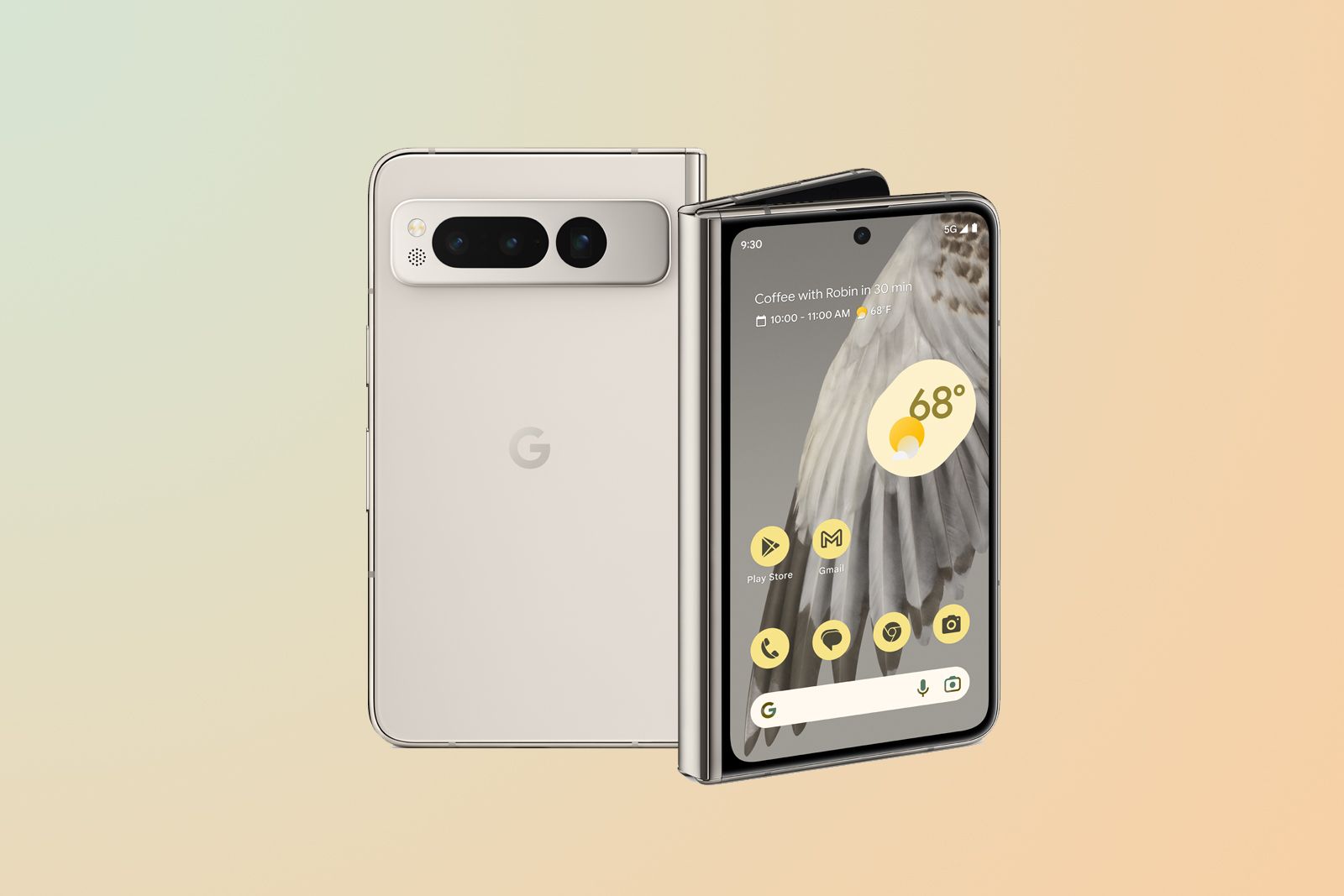
Google / Pocket-lint
The bezels are certainly larger on the Pixel Fold, though this could mean a better camera experience from the inside camera, whilst also offering a cleaner software experience with less bloat and there’s a larger battery too. We’re still finalising our testing of the Pixel Fold’s camera and battery so we will update this feature once we have done that, though during our time so far, we have really appreciated the larger display on the front of the Pixel Fold.
The Samsung Galaxy Z Fold 4 meanwhile, has a couple of extra features, like the S Pen support and we already know it’s a good performer as we’ve reviewed it in full, with great camera performance overall and plenty of power. If you’re after a folding smartphone, it’s likely you’ll be satisfied with either the Google Pixel Fold or Samsung Galaxy Z Fold 4 however, so the choice will probably come down to the design you prefer, or the software experience you would rather have.
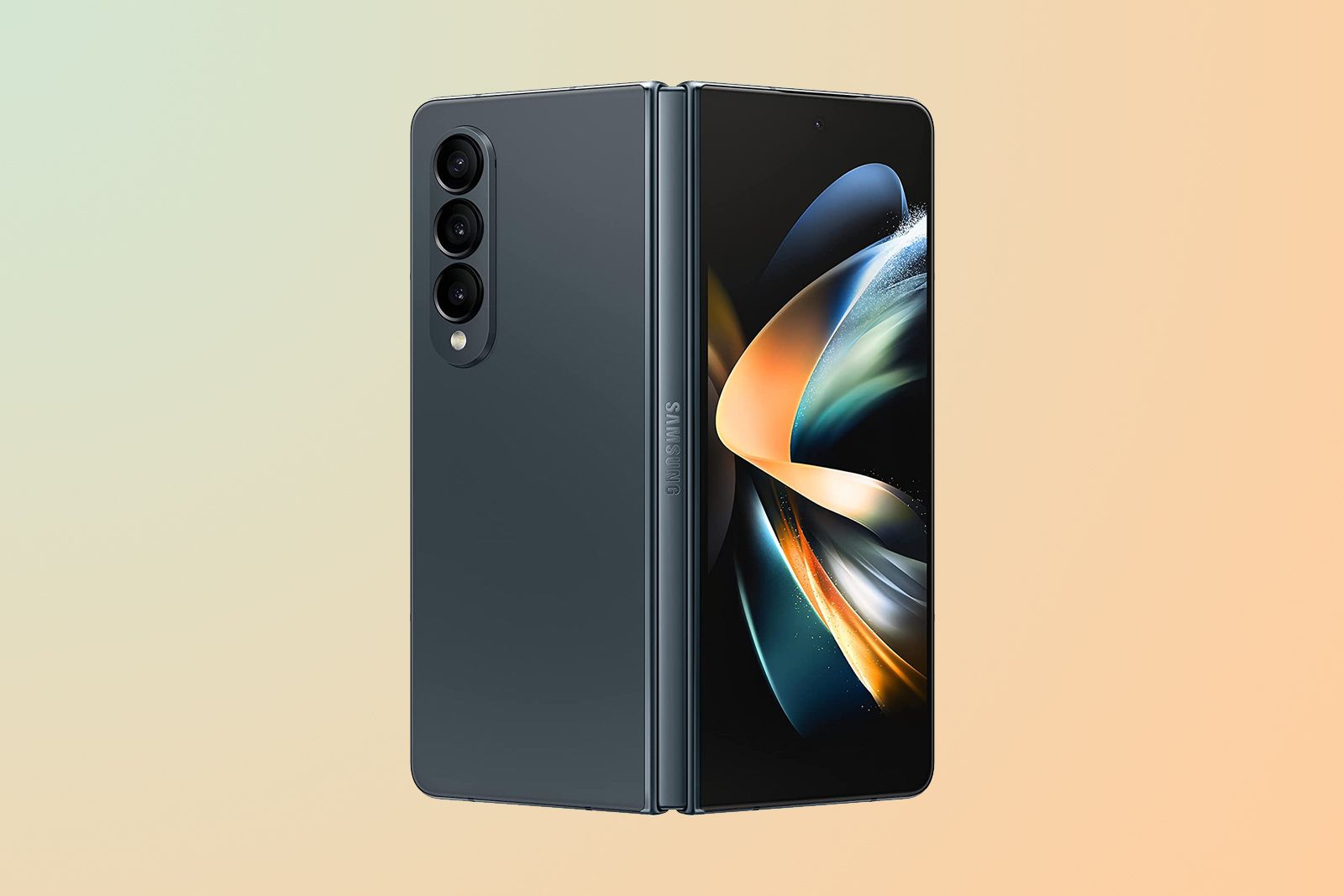
Samsung / Pocket-lint
Trending Products

Cooler Master MasterBox Q300L Micro-ATX Tower with Magnetic Design Dust Filter, Transparent Acrylic Side Panel…

ASUS TUF Gaming GT301 ZAKU II Edition ATX mid-Tower Compact case with Tempered Glass Side Panel, Honeycomb Front Panel…

ASUS TUF Gaming GT501 Mid-Tower Computer Case for up to EATX Motherboards with USB 3.0 Front Panel Cases GT501/GRY/WITH…

be quiet! Pure Base 500DX Black, Mid Tower ATX case, ARGB, 3 pre-installed Pure Wings 2, BGW37, tempered glass window

ASUS ROG Strix Helios GX601 White Edition RGB Mid-Tower Computer Case for ATX/EATX Motherboards with tempered glass…


